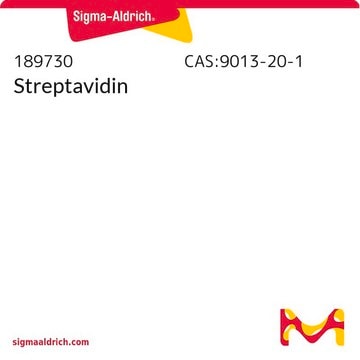528119
PI 3-K Inhibitor XI, HWT
The PI 3-K Inhibitor XI, HWT, also referenced under CAS 58053-83-1, controls the biological activity of PI 3-K. This small molecule/inhibitor is primarily used for Phosphorylation & Dephosphorylation applications.
Synonym(s):
PI 3-K Inhibitor XI, HWT, Wortmannin, 17β-Hydroxy, LY 301497, mTOR Inhibitor VIII
Sign Into View Organizational & Contract Pricing
All Photos(1)
About This Item
Empirical Formula (Hill Notation):
C23H26O8
CAS Number:
Molecular Weight:
430.45
UNSPSC Code:
12352200
Recommended Products
Quality Level
Assay
≥97% (HPLC)
form
solid
manufacturer/tradename
Calbiochem®
storage condition
OK to freeze
protect from light
color
off-white
solubility
DMSO: 100 mg/mL (Use only fresh DMSO.)
shipped in
ambient
storage temp.
2-8°C
General description
A cell-permeable Wortmannin (Cat. Nos. 681675 and 681676) 17β-Hydroxy analog (HWT) that acts as an irreversible PI 3-K inhibitor with an 8.4-fold higher potency than that of Wortmannin (IC50 = 0.5 and 4.2 nM, respectively) and inhibits mTOR only at much higher concentrations (IC50 = 0.193 µM). Both Wortmannin and HWT covalently modify a conserved lysine residue (Lys833 in porcine PI 3-Kγ) in the PI 3-K ATP binding pocket via their electrophilic furan ring at C-20 position. HWT is shown to effectively arrest the growth of LNCaP cells (IC50 = 1.464 µM) in vitro, however, its high in vivo toxicity renders it unsuitable for tumor killing studies in mice. Also reported to inhibit late phase PLD-mediated PA production upon fMLP (Cat. No. 05-22-2500) stimulation of human neutrophils.
A cell-permeable Wortmannin (Cat. Nos. 681675 and 681676) 17β-Hydroxy analog (HWT) that acts as an irreversible PI 3-K inhibitor with an 8.4-fold higher potency than that of Wortmannin (IC50 = 0.5 and 4.2 nM, respectively) and inhibits mTOR only at much higher concentrations (IC50 = 0.193 µM). Both Wortmannin and HWT covalently modify a conserved lysine residue (Lys833 in porcine PI 3-Kγ) in the PI 3-K ATP binding pocket via their electrophilic furan ring at C-20 position. HWT is shown to effectively arrest the growth of LNCaP cells (IC50 = 1.464 µM) in vitro, however, its high in vivo toxicity renders it unsuitable for tumor killing studies in mice. Also reported to inhibit late phase PLD-mediated PA production upon fMLP (Cat. No. 05-22-2500) stimulation of human neutrophils.
Packaging
Packaged under inert gas
Warning
Toxicity: Standard Handling (A)
Reconstitution
Following reconstitution, aliquot and freeze (-20°C). Stock solutions are stable for up to 3 months at -20°C.
Other Notes
Zask, A., et al. 2008. J. Med. Chem.51, 1319.
Zhu, T., et al. 2006. J. Med. Chem.49, 1373.
Norman, B. H., et al. 1996. J. Med. Chem.39, 1106.
Gelas, P., et al. 1992. Biochem. J.287, 67.
Zhu, T., et al. 2006. J. Med. Chem.49, 1373.
Norman, B. H., et al. 1996. J. Med. Chem.39, 1106.
Gelas, P., et al. 1992. Biochem. J.287, 67.
Legal Information
CALBIOCHEM is a registered trademark of Merck KGaA, Darmstadt, Germany
Storage Class Code
11 - Combustible Solids
WGK
WGK 3
Flash Point(F)
Not applicable
Flash Point(C)
Not applicable
Certificates of Analysis (COA)
Search for Certificates of Analysis (COA) by entering the products Lot/Batch Number. Lot and Batch Numbers can be found on a product’s label following the words ‘Lot’ or ‘Batch’.
Already Own This Product?
Find documentation for the products that you have recently purchased in the Document Library.
Our team of scientists has experience in all areas of research including Life Science, Material Science, Chemical Synthesis, Chromatography, Analytical and many others.
Contact Technical Service






